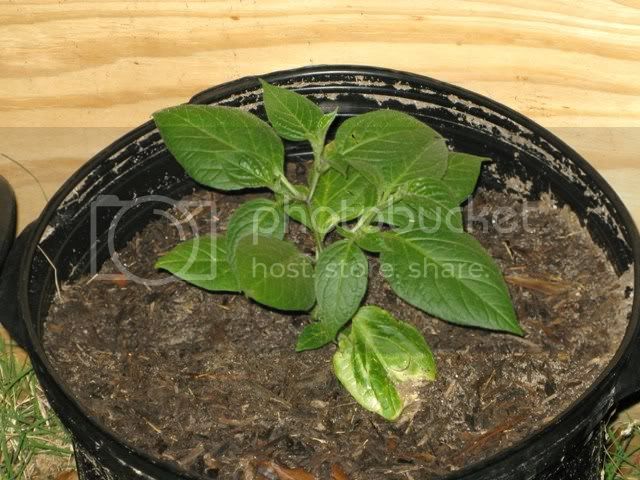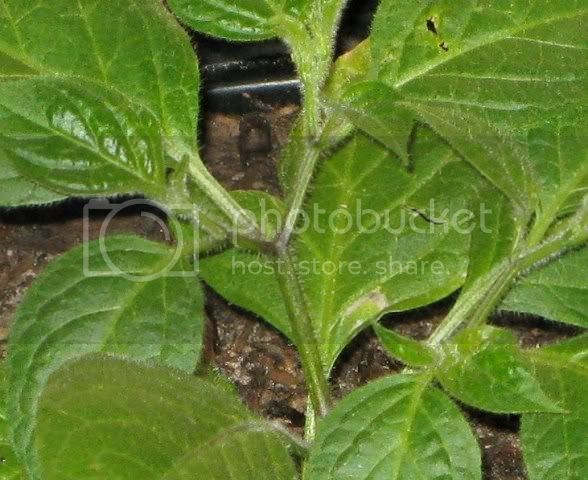Manzano is one of the favorite Pubescens I have grown:
http://www.thechileman.org/results....ny&origin=Any&genus=Any&chile=1&submit=Search
I purchased a small plant from the 2005 Chilli Fiesta and have successfully over wintered the plant for a few years. Its currently growing happily in the back garden (in Northern England).
Manzano meaning 'apple', originates from Mexico. Like its Peruvian & Bolivian cousins the Rocoto and Locoto, the plants can be fussy growers (in my experience). Seeds can be slow to germinate and plants prefer dapple shade and a temperature range of between 60- 75oF rather than hot humid conditions. Mature plants have a better resistance to lower temperatures (not hard frosts) than the other four domesticated chile species (the others being annuum, chinese, frutescens and baccatum) hence why they tend to over winter well. Pubescens is also the only domesticated Capsicum species with no wild form; however, two wild species ‘Cardenasii’ and ‘Eximium’ are closely related.
Pubescens are grown most widely today in the Andes from Chile to Colombia, mostly in small family plots. Plants tend to be large growing up to 8ft in perfect conditions (although 3ft is more normal) and have large hairy, oval shaped leaves and stunning flowers which stand erect on the plant. Flowers tend to have purple corollas and purple/white anthers and are amongst the most beautiful of all the chile species. Check out the chileman database for more stunning examples.
As well as their hairy leaves, another distinguishing feature of the Pubescens species is their unusual black seeds which are very hard (like apple pips) and should be removed before eating. In terms of seed production, pubescens do not cross pollinate readily with any of the four other domesticed chile species and therefore in theory all seeds produced by a Pubescens variety in a mixed garden will be 'true' and viable.
Fruits are generally apple or an elongated pear (peron) shaped are at their most tasty when eaten fresh and should be left on the plant until needed. They come in three broad types – Amarillo (orange), rojo (red) or canario (yellow) - an indication of their maturity colour. Immature fruits are green.
One of the joys of these plants is that the fruits produce a unique and complex blend of capasaicinoids (pungency compounds), causing some people to believe they are hotter than habaneros. In parts of the Americas they are referred to as ‘el mas picante de los picantes’ - the hottest of the hot.
Mark



